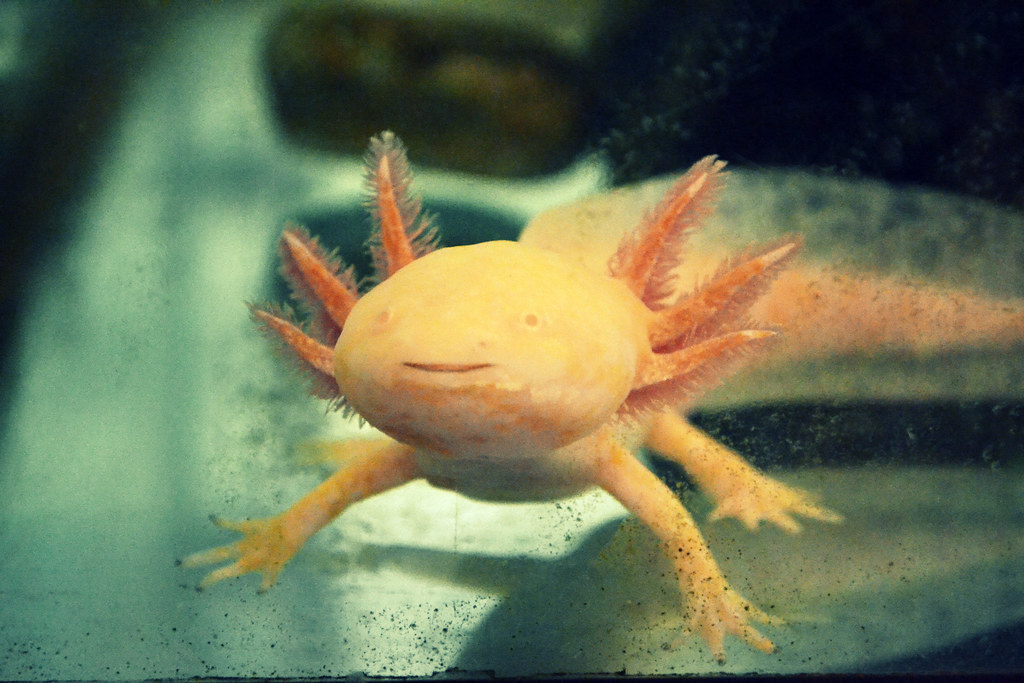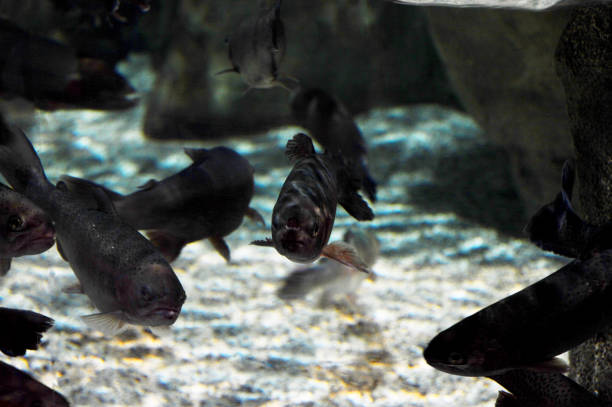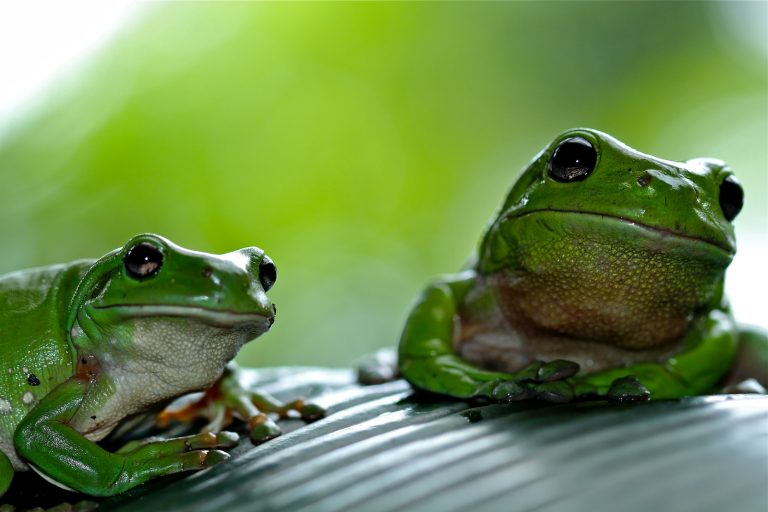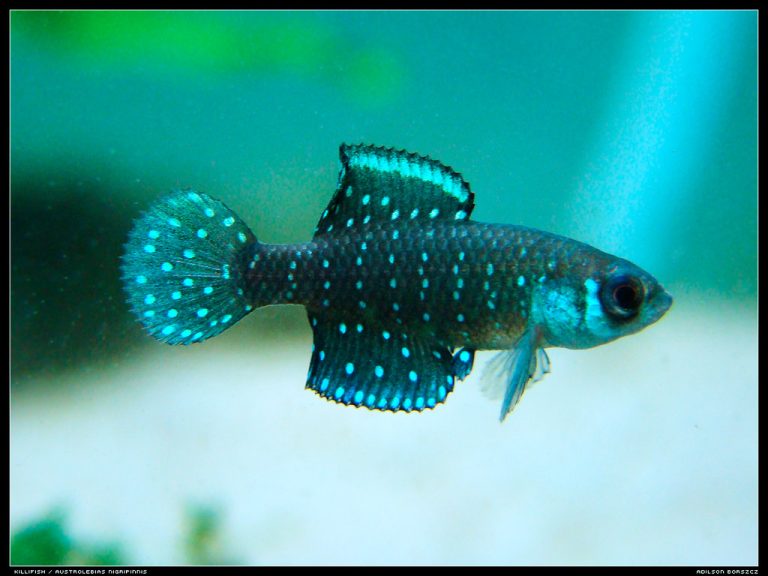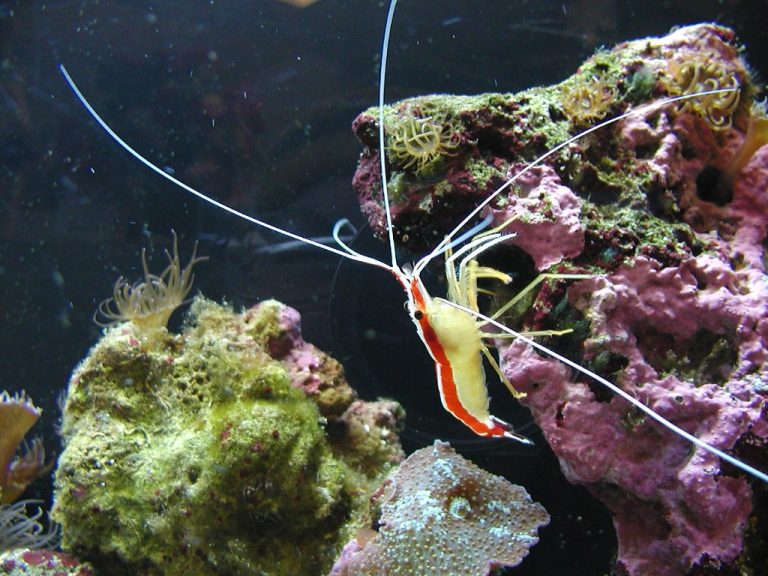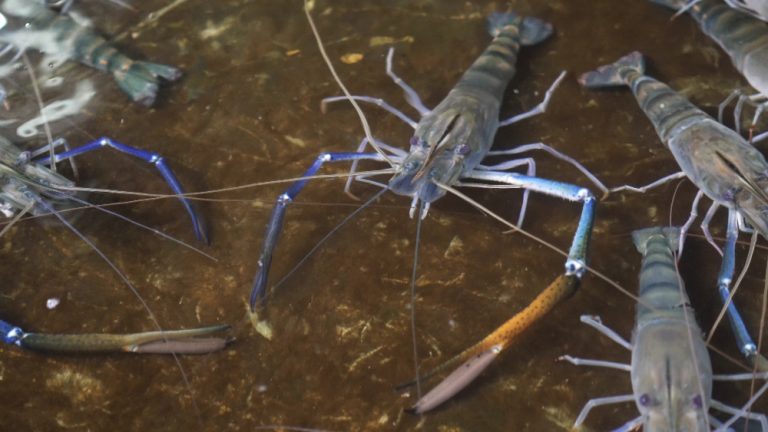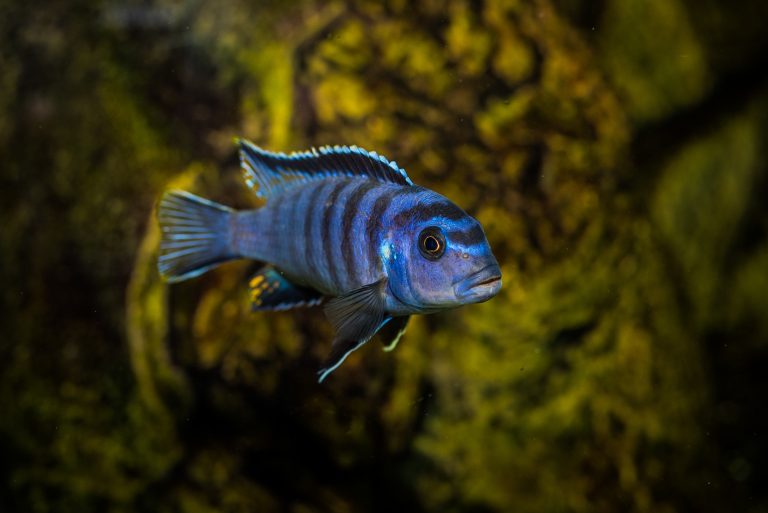So, you’ve taken the plunge into the world of axolotls, those charming aquatic creatures that have jumped straight out of a science fiction novel. These amphibians, often called “Mexican walking fish,” have captured the hearts of pet enthusiasts worldwide. However, if you’ve ever scratched your head and asked, “Why is my axolotl floating?” you’re not alone. It’s a common concern among axolotl owners, and in this guide, we will unravel the mystery.
Axolotl Anatomy: The Basics
Before diving into the reasons behind floating axolotls, let’s get to know these unique creatures better. Axolotls are a type of salamander known for their aquatic lifestyle. Unlike other salamanders, they retain their juvenile features throughout their lives. This means they keep their gills and remain fully aquatic, never undergoing metamorphosis.
One key feature that separates axolotls is their impressive ability to regenerate lost body parts. This trait has earned them a place in scientific research and even sparked interest from superhero fans. But their regenerative prowess doesn’t solve the mystery of floating axolotls—so let’s dig deeper.
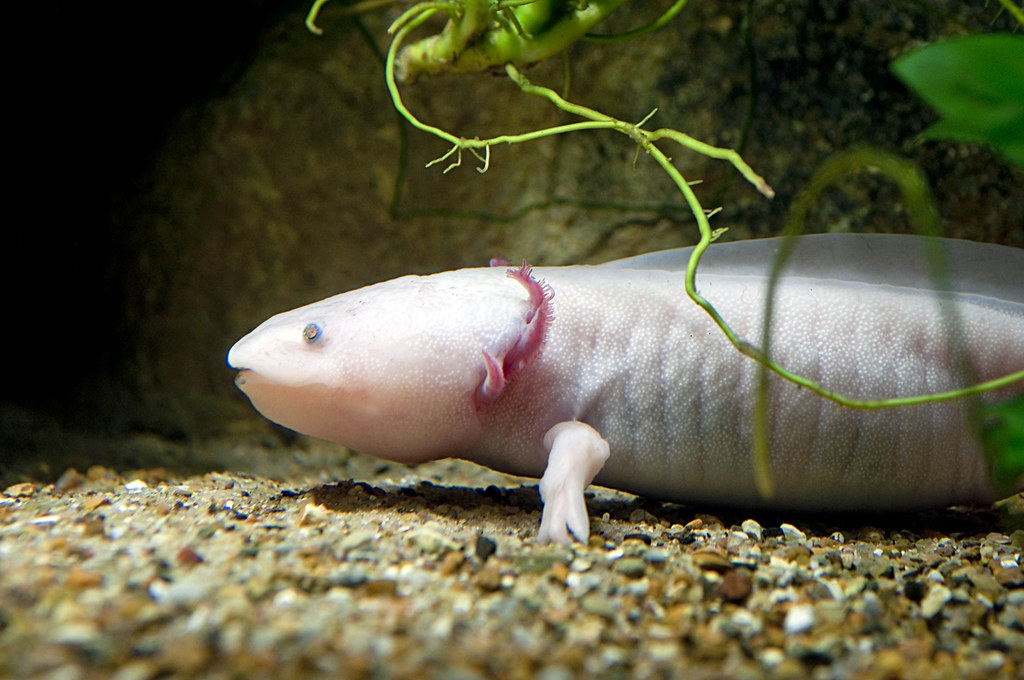
The Puzzling Phenomenon of Floating Axolotls
Why is My Axolotl Floating?
Overfeeding: When Too Much Is Just Too Much
If you’ve been indulging your axolotl with an all-you-can-eat buffet, their buoyant behavior might be the reason. Overfeeding can lead to a buildup of gas in their digestive system, causing them to float like a balloon at a parade. It’s a good practice to control portion sizes and maintain a feeding schedule. Axolotls are more like gourmet diners than voracious eaters, so that that restraint can go a long way.
Temperature Troubles: Too Hot or Too Cold?
Axolotls are sensitive creatures when it comes to temperature. Sudden fluctuations can stress them out and affect their buoyancy. To prevent your axolotl from floating, maintain a stable water temperature between 60-68°F (15-20°C). Investing in a good-quality aquarium heater is a wise move.
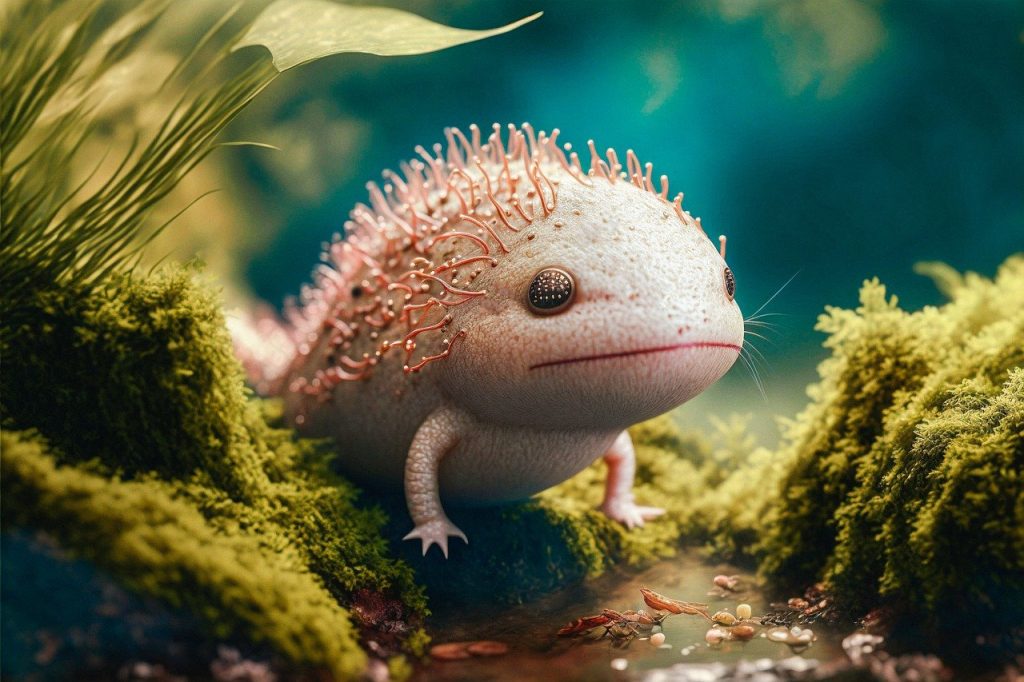
Water Quality Woes: The Importance of Clean Living
Imagine living in a space where the air is thick with pollutants. That’s how your axolotl might feel if you neglect their water quality. Poor water conditions can irritate their sensitive skin and lead to floating as a defense mechanism. To avoid this, make regular water changes and invest in a reliable filtration system. Aim for a pH between 6.5 and 8.0 to keep your axolotl in the comfort zone.
Stress: The Silent Buoyancy Killer
Bright lights, loud noises, and even rowdy tankmates can stress your axolotl. In response, they might float to the surface as an escape tactic. Creating a serene environment with hiding spots and dim lighting can help reduce stress and keep your axolotl grounded or submerged.
Injury or Illness: When Health Gets in the Way
Just like us, axolotls can fall ill or get injured. These health issues can manifest as floating behavior. If your axolotl seems unwell or is damaged, it’s crucial to consult a veterinarian experienced in axolotl care. They can provide the correct diagnosis and treatment to get your aquatic friend back on their feet.
Growing Pains: A Natural Phase
Young axolotls may experience temporary buoyancy issues as they grow into their bodies. This is a typical phase, often resolving independently as they mature. So, don’t fret too much if your little axolotl seems to be practicing its buoyancy tricks.

How to Address Floating Behavior
Solutions for “Why is My Axolotl Floating?”
Feed Wisely
Keep an eye on portion sizes and the type of food you offer. Axolotls enjoy a diet of high-quality pellets, worms, and occasional treats like brine shrimp. Consider fasting your axolotl for a day to help relieve any accumulated gas.
Maintain Water Conditions
Regularly test your tank’s water quality and perform partial water changes to check ammonia and nitrate levels. A clean living environment goes a long way in ensuring your axolotl’s health and happiness.
Temperature Control
Invest in a reliable aquarium heater to maintain a stable water temperature within the recommended range. Sudden temperature shifts can lead to stress and floating.
Reduce Stressors
Create a peaceful habitat for your axolotl by providing hiding spots and dim lighting. Minimize disturbances and choose tankmates carefully to prevent stress-related floating.
Isolation for Recovery
If your axolotl is injured or unwell, consider isolating them in a separate tank for proper care and recovery. This prevents potential stressors from aggravating their condition.
Consult a Vet
If buoyancy issues persist or you suspect a health problem, don’t hesitate to consult a veterinarian specializing in axolotl care. They can provide expert guidance and treatment options tailored to your axolotl’s needs.
FAQs
Why do axolotls sometimes float upside down?
Axolotls may float upside down for various reasons, including digestive issues, swim bladder problems, or buoyancy imbalances. Identifying and addressing the underlying cause is crucial.
Can I use aquarium salt to treat axolotl buoyancy issues?
Aquarium salt can be used as a mild treatment for buoyancy problems. However, it’s essential to consult a vet experienced in axolotl care for proper dosage and guidance.
How often should I feed my axolotl to prevent floating?
To prevent floating due to overfeeding, aim to feed your axolotl 2-3 times a week. Ensure that the food items are appropriately sized for your pet.
Can trapped air in the gills cause axolotls to float?
Yes, trapped air in the gills can lead to floating behavior. Ensuring proper water flow and minimizing disturbances in the tank can help prevent this issue.
Is occasional floating regular for axolotls?
Occasional floating, especially in younger axolotls, can be standard as they grow and adjust to their bodies. However, monitor the frequency and duration of floating to ensure it doesn’t become chronic.
Can long-term stress lead to persistent floating issues in axolotls?
Yes, chronic stress can contribute to ongoing buoyancy problems. Creating a calm and enriched environment is essential for the well-being of your axolotl.
Conclusion
In the intriguing world of axolotls, understanding their unique physiology and behavior is the key to providing them with the best.
